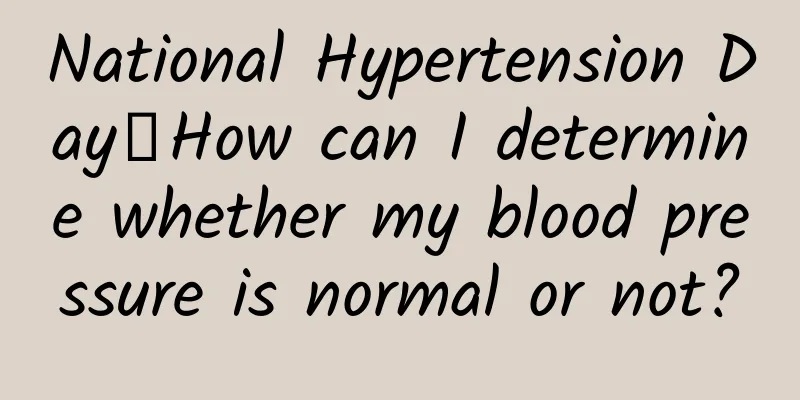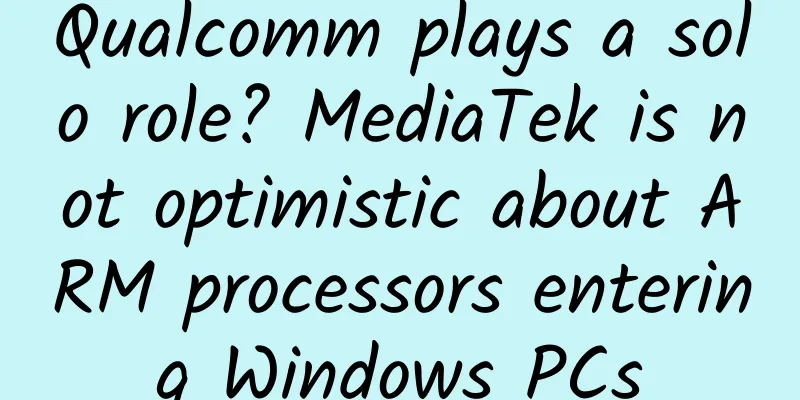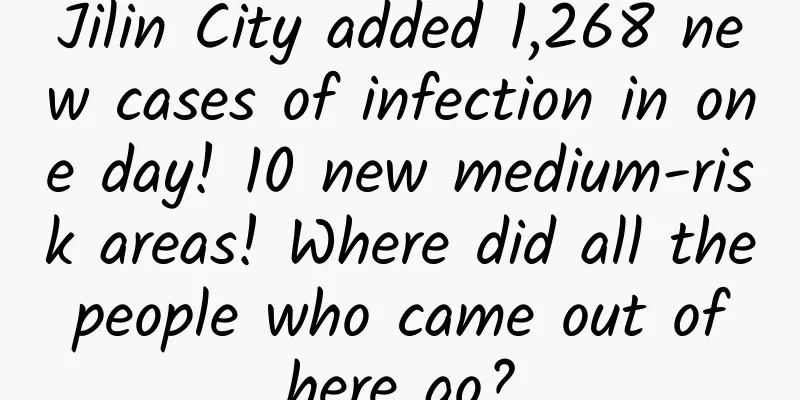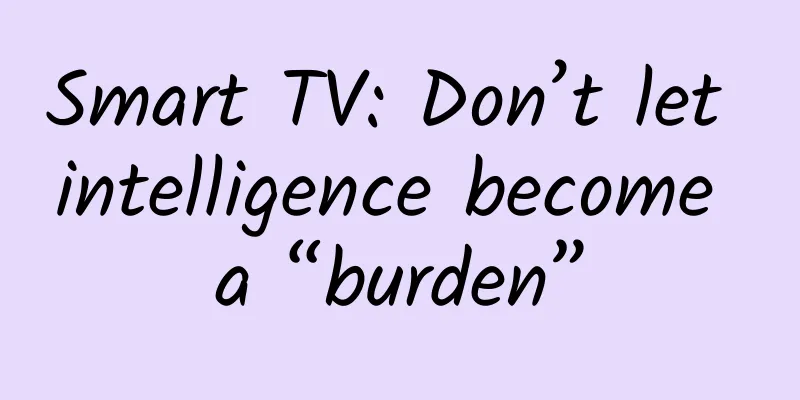National Hypertension Day丨How can I determine whether my blood pressure is normal or not?

|
In daily life, many people are diagnosed with high blood pressure during physical examinations, but they return to normal after measuring their blood pressure at home; some people sleep well and eat well, but are diagnosed with "high blood pressure" by doctors. What is the normal range of blood pressure? Are there any "tricks" to prevent high blood pressure? Today is National Hypertension Day, let's talk about the healthy management of blood pressure. 01 The new blood pressure standard for 2024 has been announced, and 120/80 is a thing of the past The normal range of blood pressure is an important reference indicator in medicine, used to assess an individual's cardiovascular health. In August this year, we welcomed the announcement of the "new blood pressure standard". The "Guidelines for the Prevention and Treatment of Hypertension in China (2024 Revised Edition)" is the fifth edition of the Guidelines for the Prevention and Treatment of Hypertension since 1999. It was revised based on the 2018 edition and the latest research progress in the field of hypertension and related diseases at home and abroad. In the new "Guidelines", hypertension is defined as: without the use of antihypertensive drugs, office blood pressure ≥140/90 mmHg ; or home blood pressure ≥135/85 mmHg ; or 24-hour dynamic blood pressure ≥130/80 mmHg , daytime blood pressure ≥135/85 mmHg , and nighttime blood pressure ≥120/70 mmHg . After understanding the new standards, you can plan your diet and daily routine according to your physical condition and deal with it effectively. But the question arises again: the new "Guidelines" clearly state that the use of mercury sphygmomanometers is not recommended , and the use of upper arm electronic sphygmomanometers with verified accuracy is recommended. Why is this? Compared with mercury sphygmomanometers, electronic sphygmomanometers are not only easier to operate and provide more intuitive readings, but also reduce errors caused by differences in operator skills, especially compared with traditional mercury sphygmomanometers, which require professional auscultation skills. Nowadays, many electronic blood pressure monitors use advanced sensors and computing technology, and have data recording and analysis functions. In addition to providing very accurate blood pressure readings, they can also track blood pressure trends, which is very helpful for long-term blood pressure management. 02 Even if your blood pressure is normal, you should still pay attention to blood pressure management When blood pressure does not exceed the standard limit, we still need to remain vigilant. Blood pressure is not static, it fluctuates due to many factors (such as mood, exercise, diet, etc.). Even within the normal range, fluctuations in blood pressure may cause stress on blood vessels and organs. As we age, blood vessels gradually lose elasticity and blood pressure may also rise. In addition, bad lifestyle habits such as high-salt diet, lack of exercise, smoking and drinking, and chronic diseases such as diabetes and obesity may gradually lead to high blood pressure. Certain medications may affect blood pressure; if there is a family history of high blood pressure, an individual may be at higher risk of developing high blood pressure even if their current blood pressure is normal. Another situation is that high blood pressure often has no obvious symptoms in the early stages, so even if the blood pressure is normal, regular checks are needed to detect problems early. If you suspect you may have high blood pressure, or experience symptoms such as dizziness, headache, blurred vision, or difficulty breathing without obvious cause, you should consult a doctor as soon as possible and take timely measures to prevent and treat it. 03 If you have high blood pressure but no symptoms, can you just ignore it? Don’t fall into these misunderstandings The health risks of high blood pressure should not be underestimated. The scary thing about this disease is that it silently increases the risk of cardiovascular and cerebrovascular diseases such as coronary heart disease and stroke, and also brings about chain reactions such as kidney problems and vision loss. What are some common misunderstandings that need to be paid attention to? (1) No treatment is needed if there are no symptoms . Hypertension is often called a "silent killer." Many patients do not have obvious symptoms in the early stages, but this does not mean that hypertension does not cause harm to the body. High blood pressure can cause structural and functional changes in the arterial vascular system and the organs it supplies, leading to target organ damage, and then cardiovascular and cerebrovascular events, leading to organ failure such as the heart and kidneys. Therefore, as long as blood pressure is higher than the normal standard value, treatment is required. (2) Take medicine when blood pressure is high and stop taking medicine when blood pressure is normal . This practice is wrong because most patients with hypertension need to take antihypertensive drugs for a long time or even for life. After stopping the medication, blood pressure may rise again, causing more serious damage to organs such as the heart, brain, and kidneys. (3) Antihypertensive drugs can damage the liver and kidneys, so it is best not to take them . In fact, correctly selecting and using antihypertensive drugs is much better for protecting the liver and kidneys than not taking them. Not taking drugs can lead to multiple damages to organs, blood vessels, etc. (4) Do not choose "good drugs" at the beginning of blood pressure reduction . The choice of antihypertensive drugs should be based on whether they are first-line antihypertensive drugs recommended by the relevant guidelines for the treatment of hypertension and whether they are suitable for individual conditions, rather than price. In addition, each patient has different genetic characteristics and physical conditions, and the choice of drugs should vary from person to person, and should not be blindly followed. At present, there is no health care product or health care device that has a clear blood pressure reduction effect. Simply using these products will not only fail to achieve the treatment goal, but may also lead to delayed treatment. (5) The faster blood pressure drops, the better. Don’t worry about low blood pressure . Just prevent high blood pressure. Blood pressure control and management is a medical issue that requires careful and individualized treatment. For patients with high blood pressure, the faster blood pressure drops, the better. Low blood pressure may lead to health risks such as insufficient blood supply to the brain and heart damage. (6) I am still young, so I don’t need to worry about blood pressure . Hypertension does not only occur in the elderly. As long as the blood pressure exceeds the prescribed standard, it needs to be treated. Therefore, people of all ages should pay attention to blood pressure health. (7) Unwilling to take medication too early . Early drug treatment of hypertension can effectively reduce the risk of cardiovascular disease and is an important means of controlling hypertension. According to the new "Guidelines", drug treatment compliance is an important factor affecting blood pressure control. Good drug treatment compliance can improve blood pressure control and thus reduce the risk of cardiovascular events. 04 Prevention and treatment of hypertension: based on the principles of classification, staging and classification The new "Guidelines" put forward new recommendations on the diagnosis and treatment of hypertension, and emphasized that the prevention and treatment of hypertension should be based on the principles of grading, staging and classification of hypertension. Preventing hypertension is a process of lifestyle adjustment and habit formation: Promote a healthy diet: adopt a low-salt, low-fat, high-fiber diet. Control weight: We should maintain a healthy weight, avoid obesity and reduce the risk of high blood pressure through scientific diet, balanced nutrition and regular physical exercise. Regular exercise: Regular aerobic exercise and strength training can help increase your basal metabolic rate and further control your blood pressure by increasing muscle strength. Limit alcohol and quit smoking to reduce the risk of cardiovascular disease. Regular check-ups: Monitor your blood pressure regularly, especially if you have a family history of high blood pressure. Maintain healthy sleep and improve sleep. Maintain a positive attitude: Maintaining an optimistic and positive attitude towards life can help reduce stress and blood pressure. For patients with hypertension or those at risk of hypertension, they should follow the doctor's advice, monitor blood pressure regularly, and adjust treatment plans as needed. For patients with confirmed hypertension, the treatment of hypertension should follow the principles of grading, staging and classification. Author: Li Nannan, member of the China Science Writers Association, expert on popular science in China Expert: Tang Qin, Deputy Secretary-General of the Expert Committee of the Chinese Medical Association, Senior Researcher, National Health Science Expert Produced by: Science Popularization China The cover image and the images in this article are from the copyright gallery. Reprinting and using them may cause copyright disputes. |
<<: Will there be a dead tree emoji? This means...丨Nature Trumpet
Recommend
We can generate electricity by relying on the rotation of the earth, and even make the earth rotate slower. Do you believe it?
Physicists have come up with an innovative idea -...
Yin Haoran's "Xianglong Stick Training" Dragon Seeking Stick Dragon Seeking Ruler Video 10 Episodes
Yin Haoran's "Xianglong Stick Training&q...
Several hidden functions in WeChat on mobile phones, learning them is very practical
[[399052]] WeChat has become an indispensable too...
Why are Chinese companies rushing to sell mobile phones in India?
India, on the other side of the Himalayas, is bec...
How to use user tags to improve activity conversion rate?
In the field of operations , tags are usually a t...
How to correctly intercept competitors’ high-quality traffic? Avoid blindly placing competitor keywords
In the marketing process, there is a type of keyw...
5 ways to quickly understand your users
When doing operations work, you often need to sta...
Are hollow strawberries the result of hormone injections?
It’s strawberry season again. Dandong 99 strawber...
Air conditioning industry suffered a setback? Lack of quality awareness among manufacturers is the internal cause
A new market crisis is gradually approaching the ...
Colorful data! 13 reliable and practical infographic creation tools
How to display a large amount of data and informa...
Why is the bottom of a beverage bottle designed to look like a flower? Is it for beauty or to hold less?
Expert of this article: Li Yilan, PhD in Chemistr...
Red Planet · Introduction to short videos in physical stores, how to shoot and edit ideas, Dou Pod is worth 999 yuan
Red Planet·Introduction to short videos in physic...
This time, is VR really close to us?
[[161452]] Human senses are divided into vision, ...
How to prevent user churn?
The main tasks of user operations include: user a...
Million-dollar anchor operation employment class
Newcomer's debut, complete program for amateu...









